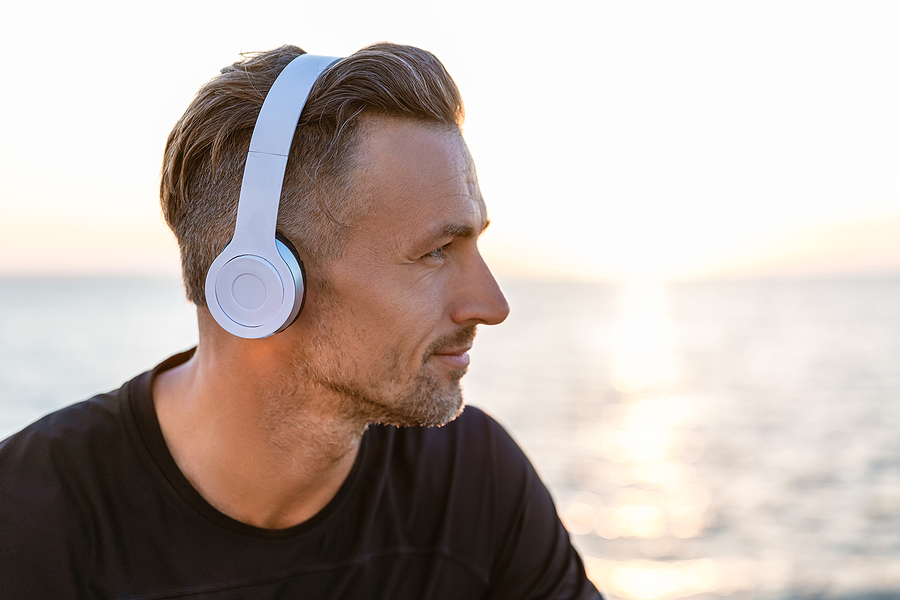- Can Swimming With Hearing Aids Be Safe? - May 7, 2025
- Why Hydration Matters for Hearing Health - April 9, 2025
- Ensuring Safe Travels with Hearing Aids - March 7, 2025
Hearing aids primarily focus on amplifying speech frequencies, which means they may not always perfectly capture the nuances of music. However, today’s advanced hearing aids come with features specifically designed to enhance music listening experiences. It’s important to understand these features and adjust them accordingly.
Features That Help with Music
Modern hearing aids often include automatic programs that switch settings based on the environment. Many devices have a music setting that focuses on expanding the dynamic range and enhancing its tonal quality. This feature allows clearer listening experiences for music listening.
Hearing aids equipped with noise reduction technology can also distinguish between background noise and the music itself. By reducing ambient noise, these devices help listeners focus on music, improving its overall sound quality greatly.
Tips for Listening to Music with Hearing Aids
Selecting a hearing aid model with music-specific features is vital. Consulting with hearing health professionals like us to find a device that meets individual needs can make a significant difference in enjoying music.
Adjusting the settings of hearing aids can greatly enhance the music-listening experience. Most hearing aids allow users to customize settings specifically for music. Working with us can help determine the optimal settings further.
Assistive listening devices (ALDs) can also complement hearing aids by providing a direct line to music sources. These devices can be especially helpful in situations where Bluetooth may not be available or suitable. Not all music sources are created equal. Streaming services often offer higher-quality sound files than radio broadcasts or low-quality files. Selecting high-quality music sources enhances the listening experience significantly.
Strategies for Different Listening Environments
Live music performances can pose great challenges for those with hearing aids due to varying acoustics and sound levels. Positioning can play a vital role in the sound quality. Sitting closer to the stage or speakers may provide a clearer sound for the hearing aids. Furthermore, using a hearing loop system, if available, can greatly enhance the experience.
Controlling the environment at home, however, allows for a more personalized experience. Reducing background noise, such as turning off the television or closing windows, can make a big difference. Connecting hearing aids directly to music systems or smart TVs can also provide a much richer sound.
Conclusion
Listening to music with hearing aids requires understanding the available technology and adapting to different listening environments. By selecting the right features, utilizing assistive devices, and maintaining regular care, music enjoyers with hearing aids can continue to enjoy their favorite tunes whether at home, in public, or even at concerts. Music remains a universal language, and with these strategies, everyone can appreciate its beauty.

